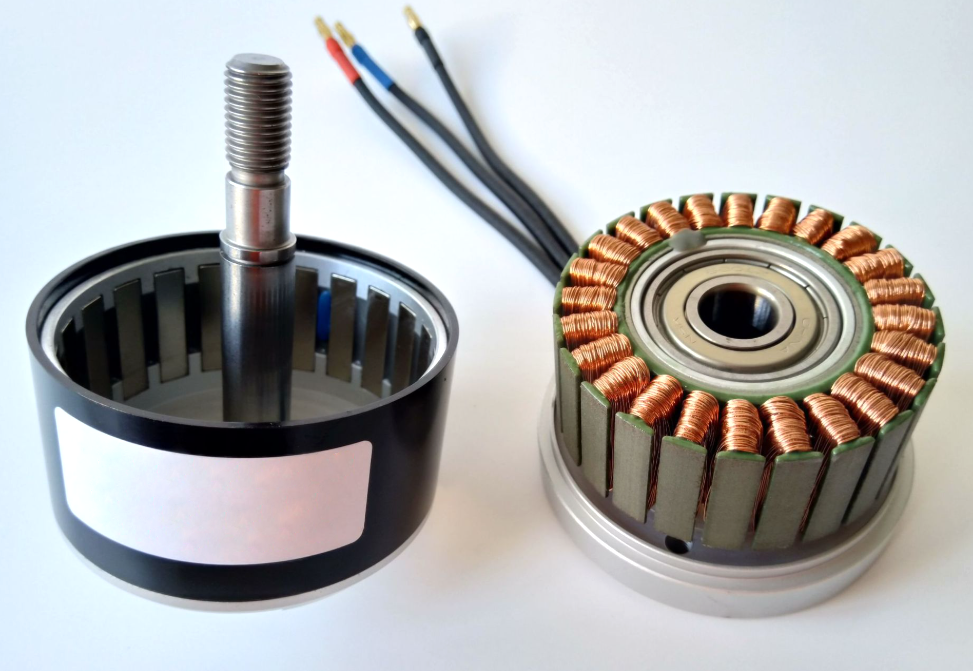How to fault analyze and troubleshoot Brushless Motor Motor Automatic Stator Rotor Fitting Machine?
Brushless motor motor automatic stator-rotor assembly machine fault, you can follow the following systematic steps for fault analysis and troubleshooting:
First, fault information collection
On-site observation: After arriving at the scene of the faulty equipment, first check the appearance of the equipment with or without obvious damage, such as deformation of parts, broken lines, etc.; observation of the equipment running status, whether there is abnormal noise, vibration, smoke and so on. For example, if you hear a harsh friction sound, may be mechanical transmission components have problems.
Check the records: check the operating records of the equipment, maintenance history, to understand the recent operating parameters of the equipment, the frequency of failures and previous maintenance. If a fault occurs frequently, the underlying problem may not have been resolved.
Communicate with the operator: Ask the operator about the time of the failure, the operating steps before and after the failure, and whether the equipment has any abnormal prompts. For example, the operator feedback in the press of a button after the equipment suddenly stopped working, which can provide important clues for troubleshooting.

Second, the mechanical system failure analysis and troubleshooting
1, transmission components
Failure performance: belt slippage, chain loose or jump teeth, coupling damage, resulting in poor power transmission, equipment running speed is not stable or can not run normally.
Elimination methods: check the tension of the belt, by pressing the belt to determine the degree of tension, if too loose need to adjust the tensioning wheel; check the chain connection and lubrication, such as serious wear and tear of the chain links need to be replaced in a timely manner; check the coupling to see if there is a fracture, deformation and other issues.
2, positioning and clamping device failure
Failure performance: inaccurate positioning of the stator or rotor, resulting in a decline in the precision of assembly; clamping force is insufficient to shift the workpiece in the process of assembly.
Troubleshooting methods: check whether the sensor of the positioning device is working properly, you can use testing tools to test its output signal; check whether the cylinder pressure of the clamping device is sufficient, check whether there is any leakage phenomenon in the air circuit; check whether the positioning and clamping parts are worn or damaged, if necessary, repair or replace them in a timely manner.
3, guide rail and screw failure
Failure performance: equipment moving parts in the guide rail running smoothly, there is a jamming phenomenon; silk rod drive precision decline, affecting the positional accuracy of assembly.
Elimination methods: check the guide rail surface whether there are debris, wear or deformation, such as the need for cleaning, repair or replacement; check the lubrication of the screw, if the lubrication is insufficient to add lubricant; check the screw nut clearance, if the gap is too large need to be adjusted or replaced.
Third, the electrical system failure analysis and troubleshooting
1、Power failure
Failure to perform: the device can not start, the display does not show, may be a loose power plug, circuit breaker tripped, fuse blown and other reasons.
Troubleshooting: Check whether the power plug is plugged in, whether the circuit breaker is in a closed state, whether the fuse is blown. If the fuse is blown, you need to further check whether the circuit has a short-circuit fault.
2, motor failure
Failure to perform: the motor does not rotate, abnormal speed or abnormal noise, may be the motor winding short-circuit, disconnection, motor drive failure and other reasons.
Troubleshooting methods: use a multimeter to measure the resistance of the motor winding to determine whether there is a short circuit or disconnection; check the input and output signals of the motor drive to see whether there is a fault alarm information, if necessary, debugging or replacement of the drive.
3、Sensor failure
Failure performance: inaccurate positioning of the device, abnormal action, may be the position sensor, pressure sensor failure, resulting in inaccurate feedback signal.
Troubleshooting methods: check whether the sensor is installed in the correct position, whether there is loose or shifted; the use of detection tools to test the sensor's output signal, to determine whether it is working properly; clean the sensor surface, to avoid dust, oil and other impact on its performance.
Fourth, the control system failure analysis and troubleshooting
1, program failure
Failure performance: equipment running logic confusion, unable to perform actions in accordance with the preset program, may be lost, program errors or improper parameter settings.
Troubleshooting methods: check the program storage of the control system, if necessary, re-download the program; debugging the program, check whether the program logic is correct; check the parameter settings of the equipment to ensure that it meets the process requirements.
2、Communication failure
Failure performance: poor communication between the various components of the device, data transmission errors, may be poorly connected communication lines, communication protocol mismatch and other reasons.
Troubleshooting methods: check the connection of the communication line to ensure that the plug is tight and the line is not damaged; check the parameter settings of the communication equipment to ensure that the communication protocol is consistent; use communication test tools to test the communication line to rule out line failures.
V. Fault repair and verification
Repair faults: According to the results of fault analysis, take corresponding repair measures, such as replacing damaged parts, repairing lines, adjusting parameters, etc.. In the replacement of components, to ensure that the choice of components and the original component specifications consistent.
Verify the repair effect: After the repair is completed, test run the equipment to check whether the equipment is back to normal operation, whether the performance indicators meet the requirements. At the same time, the equipment for a period of observation to ensure that the fault will not reoccur.
※ If you still can't solve the equipment failure through the above ways and means, please contact the technical specialist of Xinhui Mechanical and Electrical Equipment Co.







